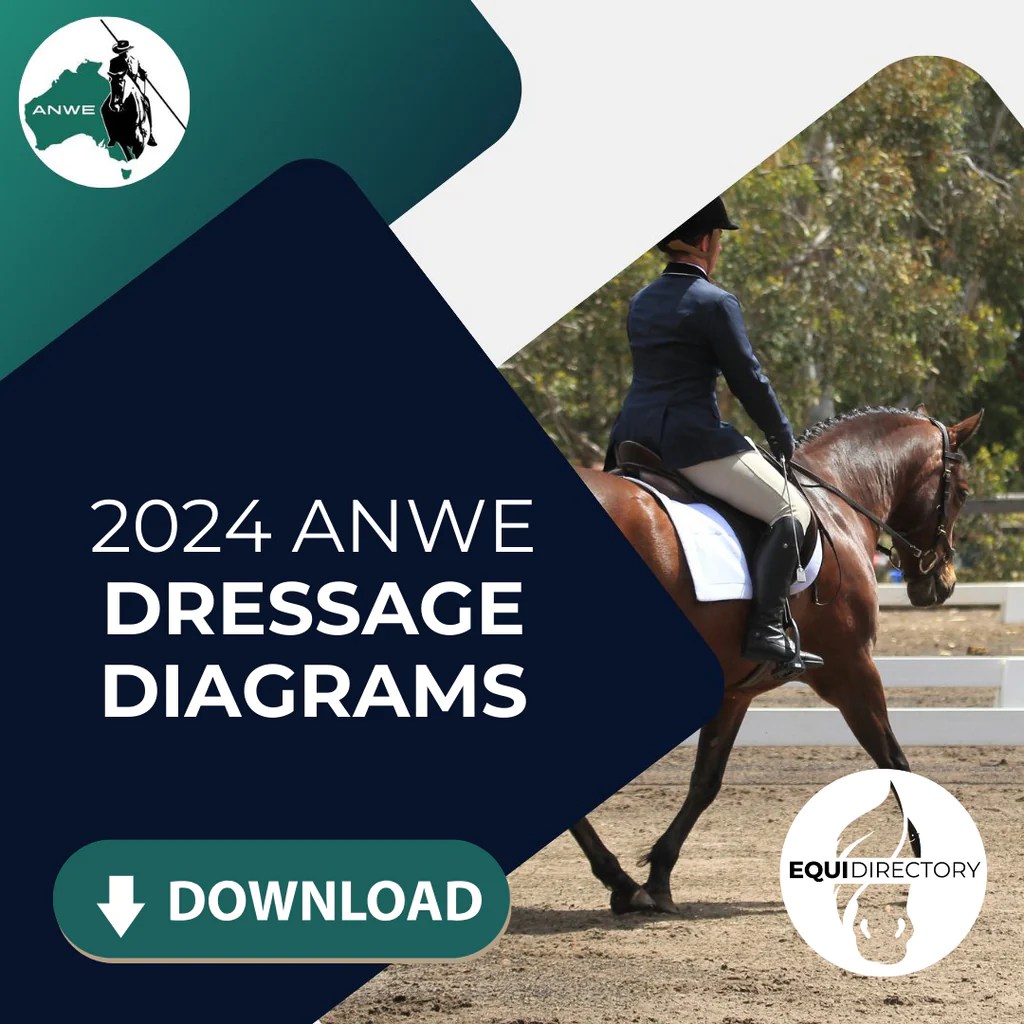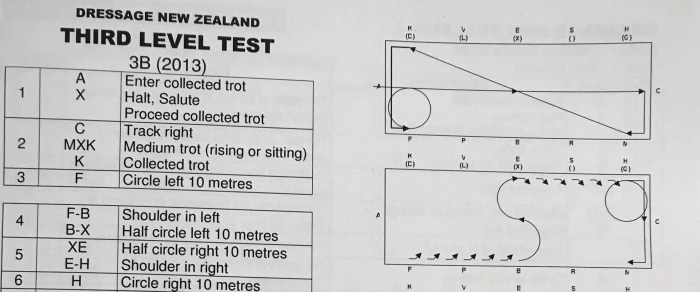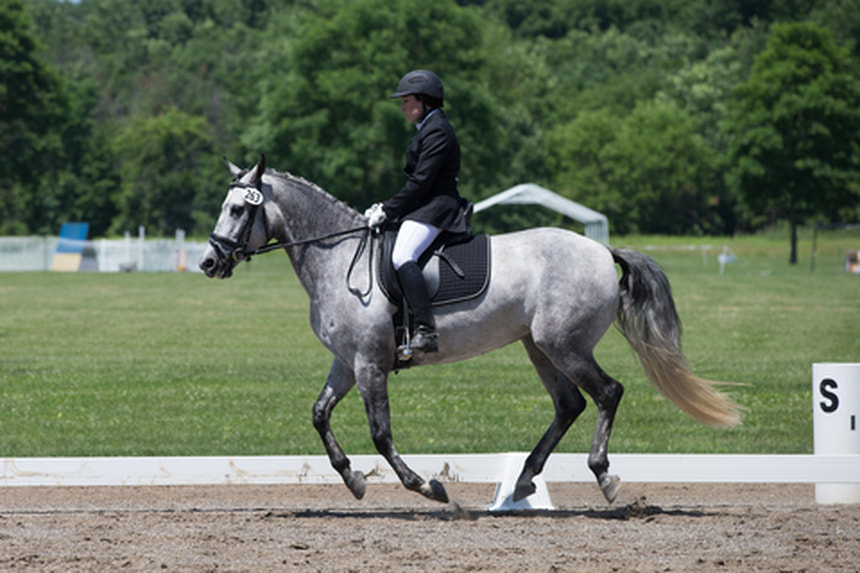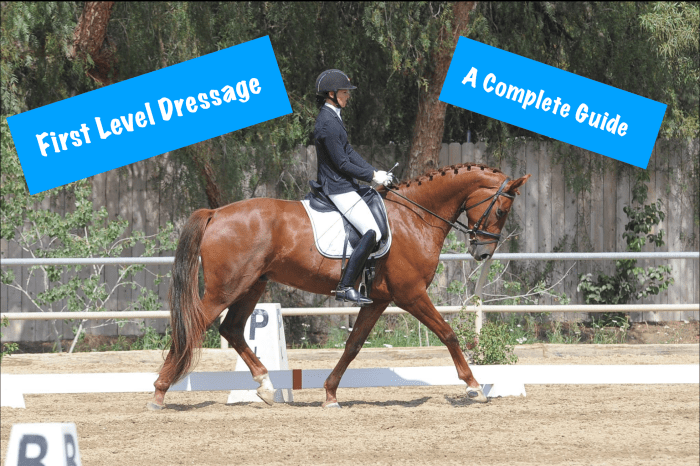Embark on an equestrian adventure with our comprehensive guide to Dressage Training Level Test 1. This introductory chapter will illuminate the test’s purpose, structure, and requirements, equipping you with the knowledge to excel in this captivating discipline.
As you delve deeper, discover the intricacies of each required movement, its purpose, and the execution that will impress judges. Unravel the judging criteria, understanding the factors that determine a rider’s performance and guide your training.
Introduction

Dressage Training Level Test 1 is the introductory test in the realm of dressage, providing a solid foundation for both horse and rider as they embark on their dressage journey.
The Dressage Training Level Test 1 is an introductory test for horses and riders. It covers basic movements such as circles, serpentines, and transitions. For those who are new to business, understanding terms like “DBA” (Doing Business As) can be helpful.
Que significa DBA en negocios provides a clear explanation of this concept. Returning to Dressage Training Level Test 1, riders must demonstrate control and accuracy in their horse’s movements to pass this test.
This test is meticulously designed to assess the horse’s basic obedience, suppleness, and balance, while simultaneously evaluating the rider’s ability to effectively communicate with their equine partner. It serves as a crucial stepping stone towards more advanced dressage levels.
Structure and Requirements
Training Level Test 1 comprises a series of prescribed movements executed within a 20 x 40 meter arena. These movements include circles, serpentines, transitions between gaits, and simple changes of direction. The test is judged on a scale of 0 to 10, with each movement being evaluated based on its accuracy, smoothness, and overall harmony between horse and rider.
Required Movements

The Training Level Test 1 consists of the following required movements:
- Halt
- Walk
- Trot
- Canter
- Circles at a walk and trot
- Leg yield at the walk
- Change of rein at the walk
Each movement serves a specific purpose and is executed in a precise manner to demonstrate the horse’s training and the rider’s control.
Halt
The halt is a transition from any gait to a complete stop. The horse should stop smoothly and remain motionless, with its weight evenly distributed on all four legs.
Walk
The walk is a four-beat gait in which the horse’s feet strike the ground in the following order: left hind, left front, right hind, right front. The horse should walk with a relaxed and rhythmic stride, with its head and neck slightly extended.
Trot, Dressage training level test 1
The trot is a two-beat gait in which the horse’s feet strike the ground in the following order: left hind and right front simultaneously, then right hind and left front simultaneously. The horse should trot with a balanced and ground-covering stride, with its head and neck slightly raised.
Canter
The canter is a three-beat gait in which the horse’s feet strike the ground in the following order: left hind, right hind and left front simultaneously, then right front. The horse should canter with a smooth and flowing stride, with its head and neck slightly extended.
Circles at a walk and trot
Circles at a walk and trot test the horse’s ability to maintain a steady gait while following a curved path. The horse should circle with its inside hind leg slightly bent and its outside hind leg slightly extended, keeping its body slightly bent towards the inside of the circle.
Leg yield at the walk
The leg yield at the walk tests the horse’s ability to move laterally while maintaining a straight body. The horse should move its hindquarters away from the direction of travel while keeping its head and neck straight and its body parallel to the track.
Change of rein at the walk
The change of rein at the walk tests the horse’s ability to change direction smoothly while maintaining a steady gait. The horse should change direction by crossing its front legs and then its hind legs, keeping its body balanced and its head and neck straight.
Judging Criteria

In Dressage Training Level Test 1, judges evaluate the rider’s ability to execute basic movements and maneuvers accurately and effectively. They consider several key factors:
Accuracy and Correctness
- The rider’s ability to perform the required movements as specified in the test.
- The horse’s response to the rider’s aids and the precision of the execution.
Rhythm and Fluency
- The horse’s rhythm and tempo, as well as the smoothness and fluidity of the transitions between movements.
- The rider’s ability to maintain a steady and balanced pace throughout the test.
Impulsion and Collection
- The horse’s impulsion, or energy, and its ability to carry itself in a collected manner.
- The rider’s ability to control the horse’s impulsion and maintain its balance.
Suppleness and Submission
- The horse’s flexibility and responsiveness to the rider’s aids.
- The rider’s ability to create a harmonious partnership with the horse, allowing it to move freely and expressively.
General Impression
- The overall presentation of the rider and horse as a team.
- The rider’s demeanor, appearance, and communication with the horse.
FAQ Corner: Dressage Training Level Test 1
What is the purpose of Dressage Training Level Test 1?
This test assesses a rider’s ability to control their horse’s movements with precision and grace, demonstrating the foundation of dressage training.
What are the judging criteria for this test?
Judges evaluate the accuracy, smoothness, and harmony of the horse’s movements, as well as the rider’s position and effectiveness.
